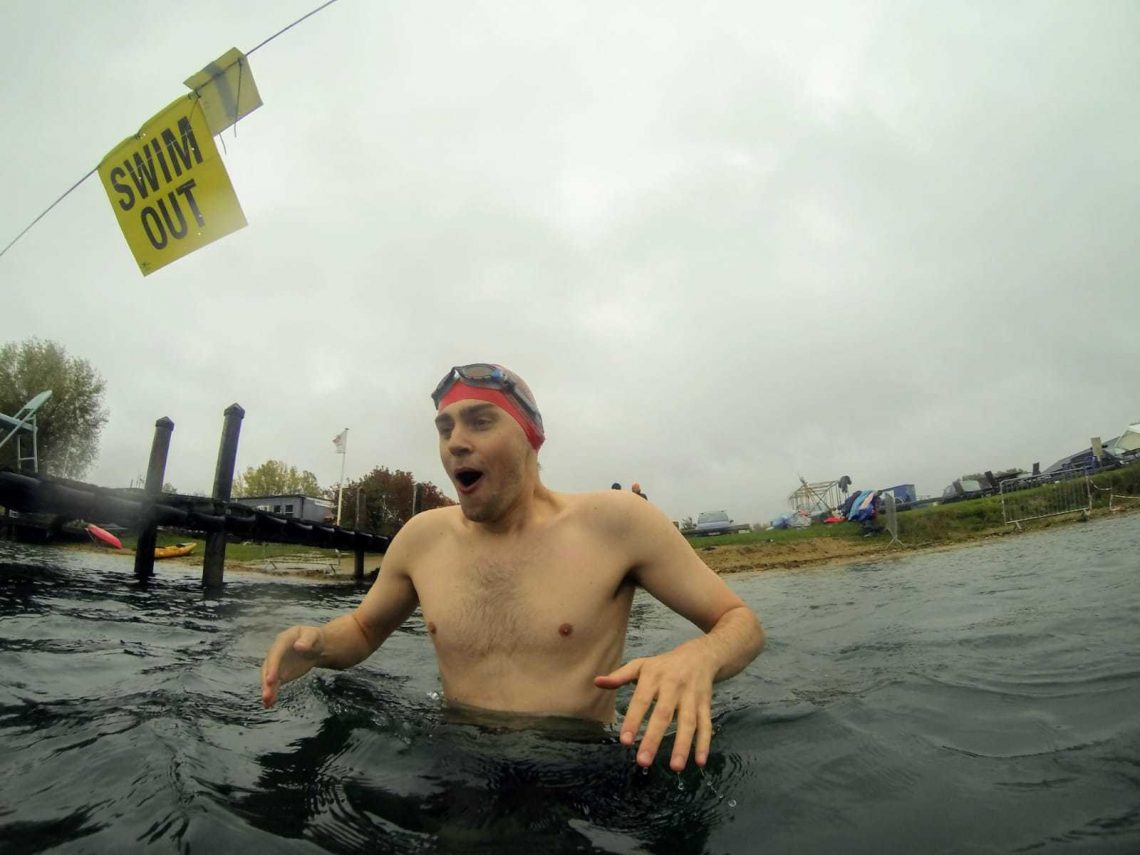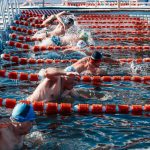
What happens to your body when you enter cold water?
The social, physical and mental health benefits of cold water swimming are well known, but what happens to your body, scientifically speaking, when you enter cold water? Last year a group of scientists put together a report into the effects of extreme cold water on the body.
Here are some of their useful findings, including: the science behind entering cold water safely; what changes occur to your body during a cold water swim; and how to adapt your body to cold water over time.
What happens to your body when you enter cold water?
When entering cold water, cold receptors very close to the surface of your skin sense that your skin has been cooled quickly. This results in an initial gasp, followed by rapid, uncontrollable breathing, as well as an increase in heart rate and blood pressure.
This process – also known as the ‘cold shock response’ – is why it is important that you always enter cold water slowly. By ensuring that you are over the peak of the initial ‘cold shock response’ and have controlled your breathing before you start to swim, you will reduce the risk of your body taking in one or two slightly larger than normal inhalations. If this happens when you are underwater, it could be lethal.
Should I enter cold water in stages?
The advantage of a staged entrance into cold water is that the peak of the cold shock response elicited from your initial immersion in the water will have lessened.
Whilst it has been shown that swimmers that are accustomed to cold water have reduced cold shock and shivering responses, it is still advisable from a safety perspective to enter cold water slowly to ensure that your breathing is controlled.
What changes occur in the body during a swim in cold water?
Following the initial cooling of your skin, your muscles and nerves start to cool. If you stay in for long enough, this will eventually result in the loss of strength and coordination.
Your arms are particularly susceptible to cooling, to the point where swimmers may not be able to coordinate a swimming action or effect a self-rescue in cold enough water.
If you notice a change in your or another swimmer’s posture in the water (a more vertical than horizontal body position) and a more splashy stroke, this may be a sign of muscle cooling.
How can you tell that you and other swimmers are adapting to the cold?
You can reduce your ‘cold shock response’ with repeated immersions in cold water.
Repeated exposure to cold water will mean that you will hyperventilate less and will be able to start swimming sooner as you will be able to control your breathing more rapidly.
You will know that you are adapting as you should feel more comfortable on repeated exposure to cold water and shiver less when immersed in water of the same temperature for the same duration of time.
The temperature threshold at which you start shivering should also reduce. This is known as hypothermic adaption.
You may cool more rapidly, but will start to shiver vigorously when the new lower shivering threshold is reached, and will start to ‘defend’ your deep body temperature closer to the medical definition of hypothermia (35°C).
This information has been provided by the following group of scientists.
- E Jane Turner – Department of Breast Surgery, Croydon University Hospital, UK.
- Mike Tipton & Heather Massey – Extreme Environments Laboratory, School of Sport, Health and Exercise Science, University of Portsmouth, UK.
- Mark Harper – Department of Anaesthetics, Brighton and Sussex University Hospitals NHS Trust, UK.
- Kate Steels – International Ice swimming Association Great Britain.
- Ruth Williamson – Royal Bournemouth and Christchurch NHS Foundation trust, UK
Click here to read the full study.
For more safety advice on swimming outside, visit our Open Water Swimming Safety and Risk Assessment Page.









